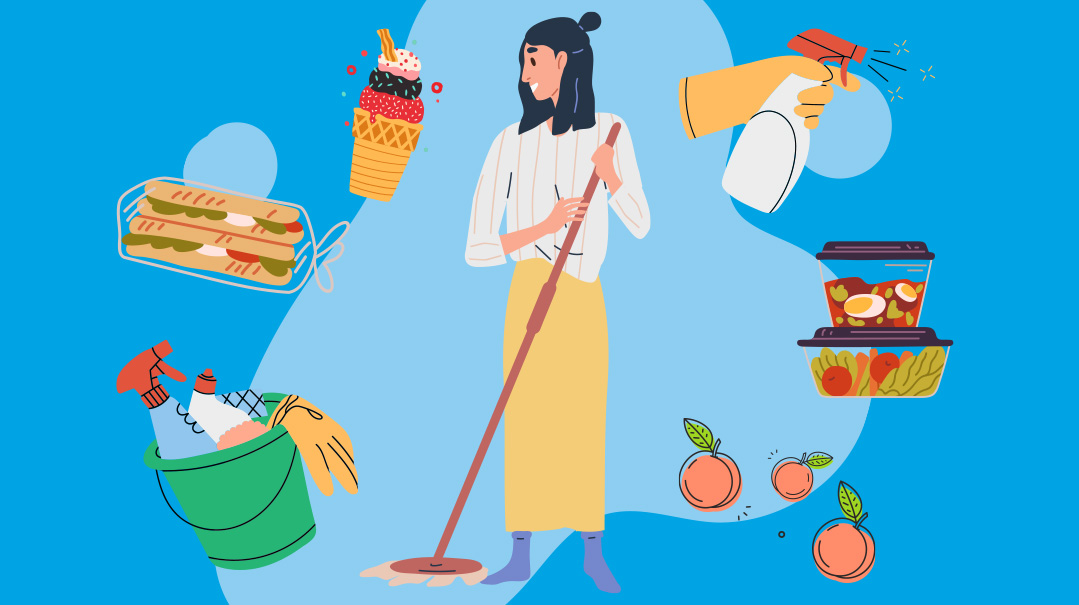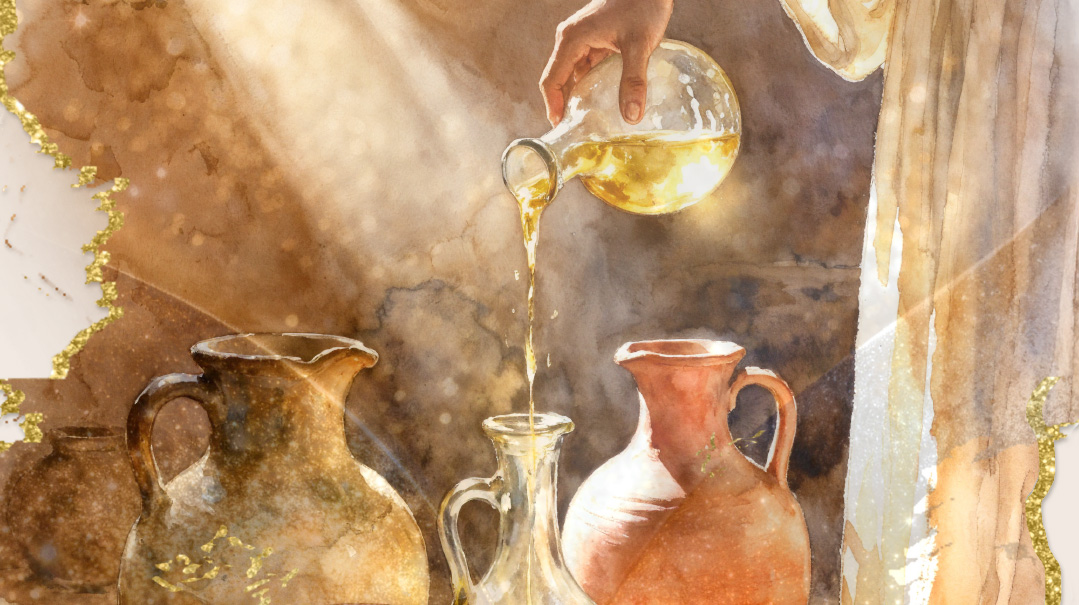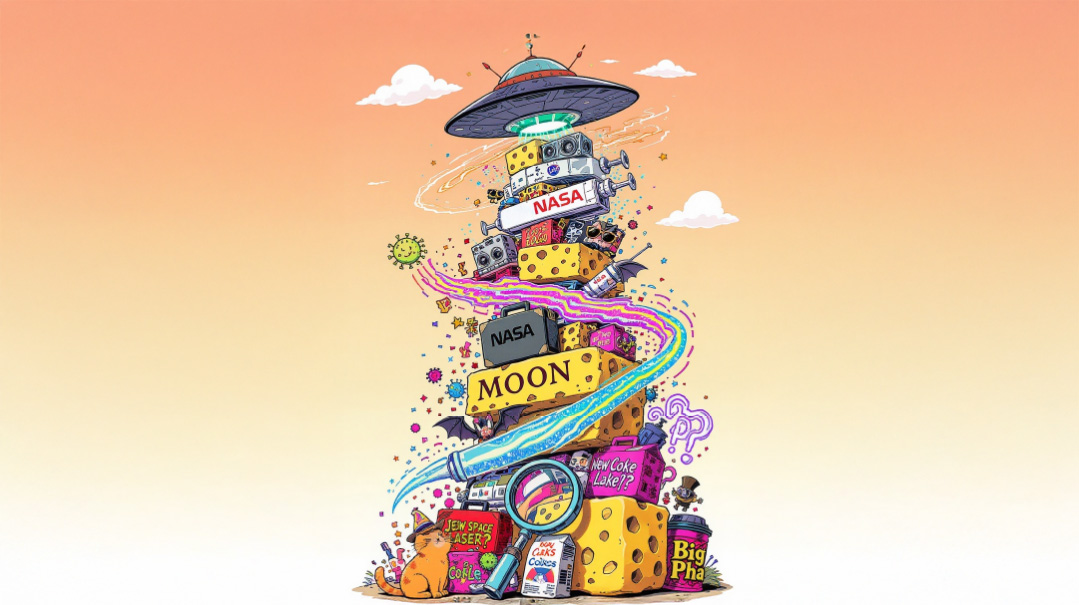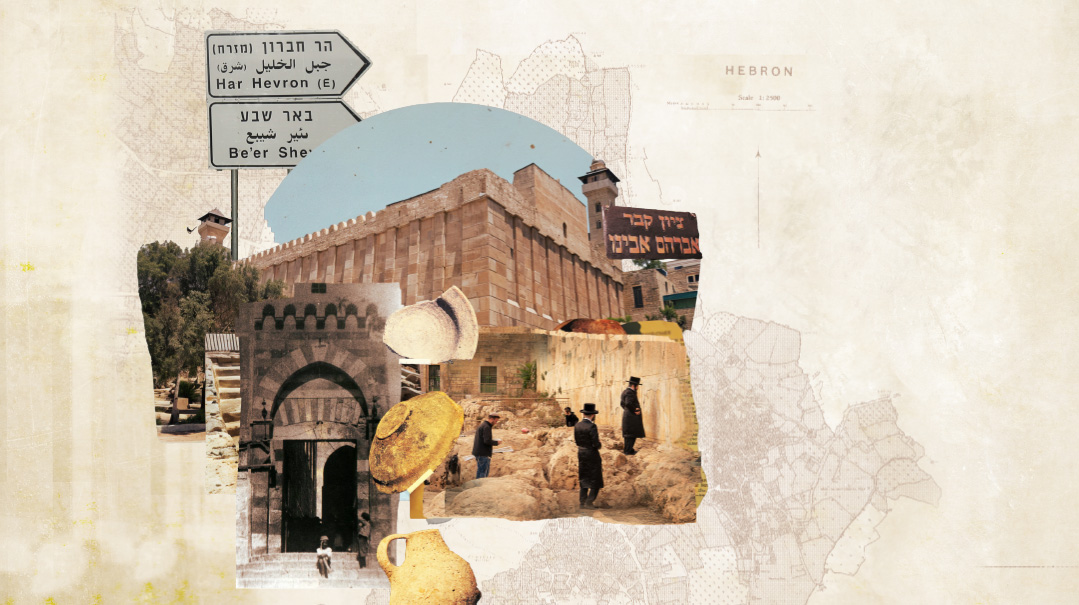All Roads Lead to Pesach
| March 14, 2023Women like you divulge how they do Pesach

When I asked different women to share how they make Pesach, I was looking forward to learning new things, but I was caught off guard when one woman said that her mother starts preparing on the 4th of July. “I’d love to hear about the process,” I said. “I assume a lot of the early stuff is decluttering.”
“No way,” came the reply. “There is no clutter.”
Oh. You can’t say that about my own home (filled with totally reasonable clutter for a house with five youngish children). I needed to take some deep breaths to regain my equilibrium, and calmed myself down by telling myself that no one would ever think I have Hungarian roots anyway. Fortified with that self awareness, I prepared to learn more about how other superheroes (aka frum Jewish women) make Pesach.
Back to Basics
M
aking Pesach is definitely a huge job, and like all tasks, a great first step is knowing what needs to be done. While we’d all love to get that spring cleaning in, clarifying the halachic obligations of Pesach cleaning can go a long way to bring stress levels down. Ora Drexler, a teacher and graphic designer originally from the Five Towns but now living out of town, who’s been making Pesach for nearly a decade, feels strongly about this.
“My husband and I are both baalei teshuvah, so we don’t go to our parents for Pesach. I’ve never not made Pesach,” she says with a chuckle.
“I think that a lot of people stress about things that are so beyond halachah. It’s very important to know the halachah, and to know where you stand and where you’re holding based on your family and your rav, and what works for you in this time of your life. For instance, if you’re going through something challenging, it might be okay to hold a little differently during that time. It’s worth it to ask.
“It’s important to know where the line of mutar and assur is. It doesn’t mean you stand on the line, but you should know where it is.
“I’m grateful we have rebbeim here who help us navigate what’s halachah and what’s chumra. I really feel that learning the halachah is the key to a holy, healthy, and happy Pesach.”
Shana,* who lives in a large out-of-town community, and has been making Pesach for 15 years, also learned more about the halachos of Pesach when she got older, and found herself floundering at first. “While we didn’t eat vadai chometz on Pesach, in the house I grew up in, the cleaning was over in an hour,” she says. “When I went to seminary, I learned about a whole world of halachos I hadn’t been exposed to until that time.
“After I got married, I wanted to make the holiday even more kosher, but I fumbled through the preparations with a lot of panic, many questions, and more than a few tinfoil lacerations on my hands.” She’s very grateful to her rebbetzin, who showed her that making a kosher Pesach didn’t have to be synonymous with stress and overwhelm.
“My rebbetzin realized that I could benefit from not just halachic guidance but a companion to show me that it could be done calmly, efficiently, and even with some joy. I think of her whenever I turn over my kitchen on my own now and try to keep my eyes on the prize: a kosher and calm start to the holiday.”
I keep kosher l’Pesach snacks handy for the two days before the chag (and for Chol Hamoed trips). That ensures that there’s less stress about crumbs. The processed items that my family enjoys that sell out (looking at you, Matzolah), I order early and stick in a bin until my pantry is ready for Pesach.
—Shana
Oops! We could not locate your form.







